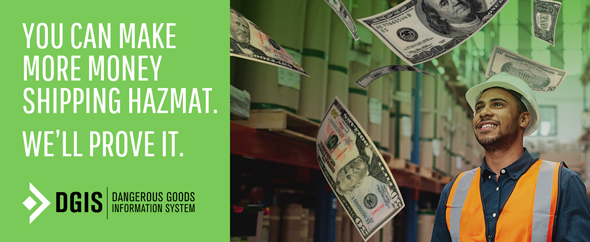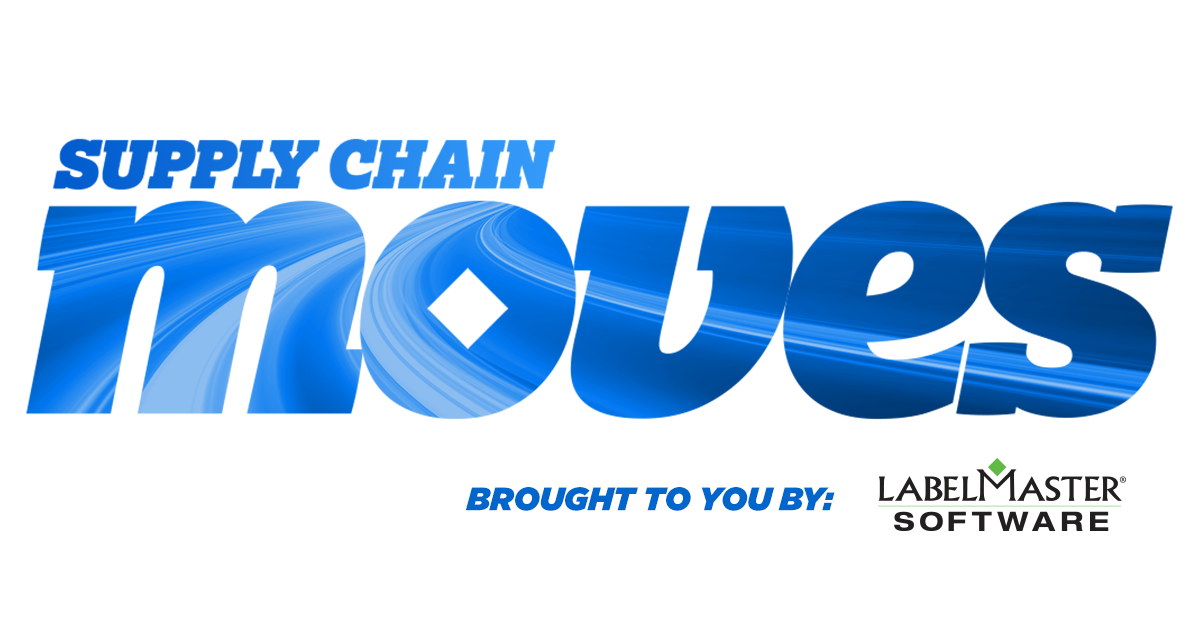

Week of June 7th, 2021
Linking technology news with Dangerous Goods compliance
Businesses continue to evolve their supply chain strategies in order to deliver goods to consumers faster. This pursuit of faster last-mile delivery can be especially challenging for dangerous goods shippers.
Let’s examine the recent supply chain technology and industry news.
SUPPLY CHAIN NEWS
- 3 Ways to Perfect Last-Mile Delivery in 2021: Here’s how a robust strategy can help your business cope with growing demands for convenient customer experiences.
- Instacart Launches 30-minute, Last-Mile Delivery Service: Instacart launched an express service that delivers groceries in as few as 30 minutes to shoppers, using machine-learning algorithms to determine delivery windows.
- Three Pitfalls of Last-Mile Delivery – and How to Avoid Them: The three biggest pain-points for e-commerce consumers are a lack of visibility, control and accountability. While these concerns are far-reaching, the solutions are manageable for last-mile carriers willing to adopt new innovations.
- How Logistics Companies can Reboot the Last Mile: Here’s how. Technology can play a huge role in optimizing the last-mile. Here are some of the critical solutions that retailers and logistics companies should consider to help improve their last mile delivery strategies.
- FAA Takes Steps to Enable a Future of Airborne Drone Deliveries: Just as the way we approach our purchases has shifted due to the growth of e-commerce, so too are delivery methods. It’s only a matter of time before the skies are filled with airborne delivery drones.
- The Importance of Last-mile Delivery to Logistics: Last-mile delivery is the key to customer satisfaction. Here are four reasons your supply chain management strategy needs to focus on this critical stage of logistics.
OUR PERSPECTIVE
- A major shift in shipping strategies. Consumer demand has disrupted the traditional supply chain in favor of a decentralized, omni-channel approach. Now, it’s all about keeping inventory closer to consumers and getting that shipment into the final mile delivery as quickly as possible. And shippers, carriers and 3PLs are looking for new and better ways to get goods out the door and to the customer’s doorstep.
- Don’t forget: shipping can be dangerous. The growth of e-commerce has also led to an increase in the volume of hazmat being shipped directly to customers, especially devices containing lithium batteries. To ensure smooth, fast delivery, organizations need to understand which goods are classified as “hazmat” and how shipping regulations impact employee training, carrier selection, packaging, labeling, documentation, etc.
- Not all regulations are the same. Regulations can also vary from agency to agency and are, in some cases, in direct conflict. That’s a big challenge when it comes to bulk mail consolidators. They typically originate shipments through carriers like FedEx and UPS, and then use USPS for the final mile. That means their shipments have to comply both with 49 CFR regulations and the Postal Service’s Publication 52. This conflict creates a significant challenge in educating staff and customers, training warehouse associates, system controls and other areas of the business.
To learn more about dangerous goods software or how to establish a safer, more compliant supply chain, visit https://www.labelmaster.com.
Have questions about dangerous goods transport? Call the Labelmaster Regulatory Hotline at 1.800.621.5808.

As the industry’s most robust, flexible, and advanced hazmat shipping software, Labelmaster’s DGIS can actually help your operation make more money. DGIS validates shipments and prepares DG declarations so quickly, you can handle more shipments every hour. And more shipments mean more revenue.
Try your own numbers in our calculator to see the added revenue DGIS can generate for you.

